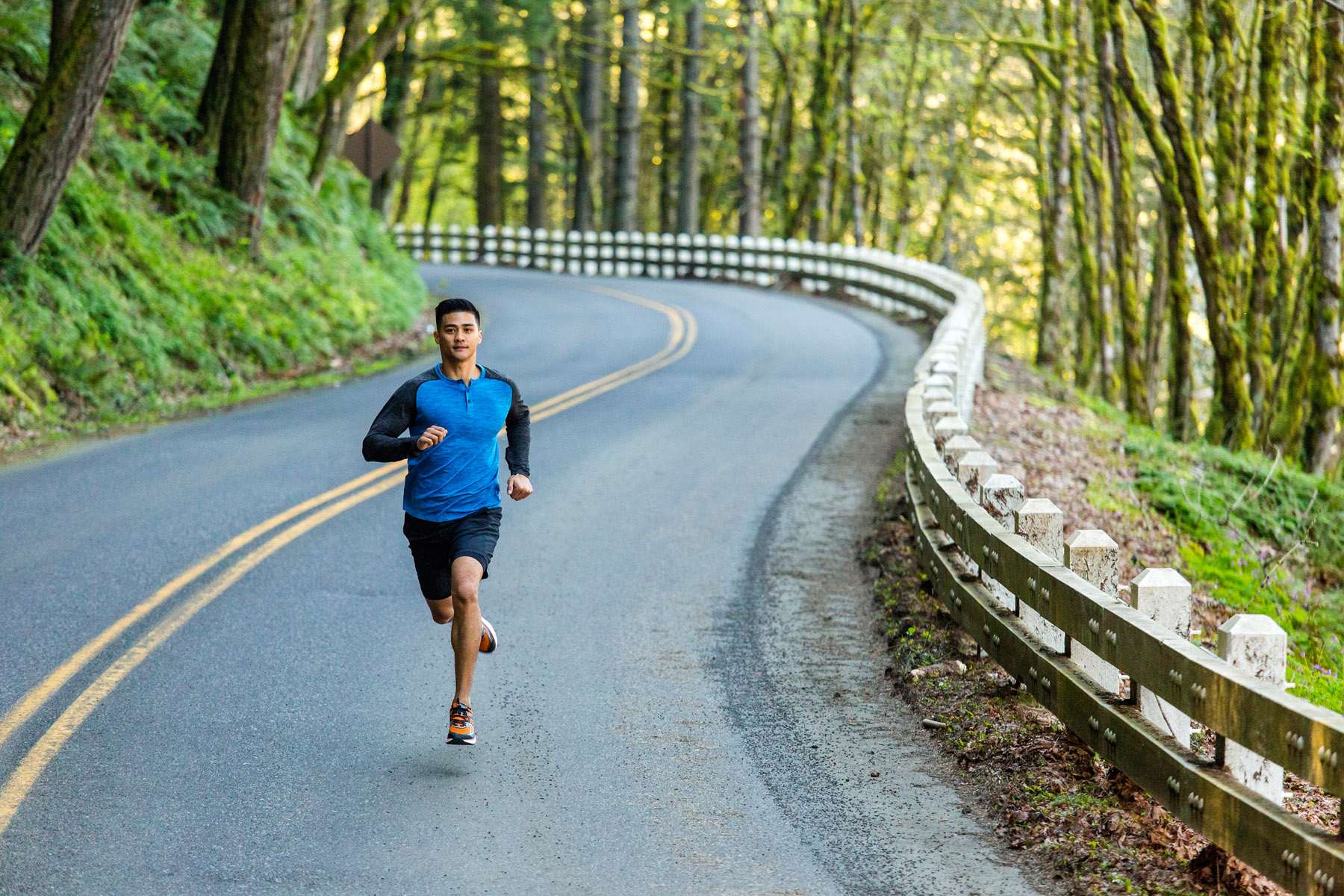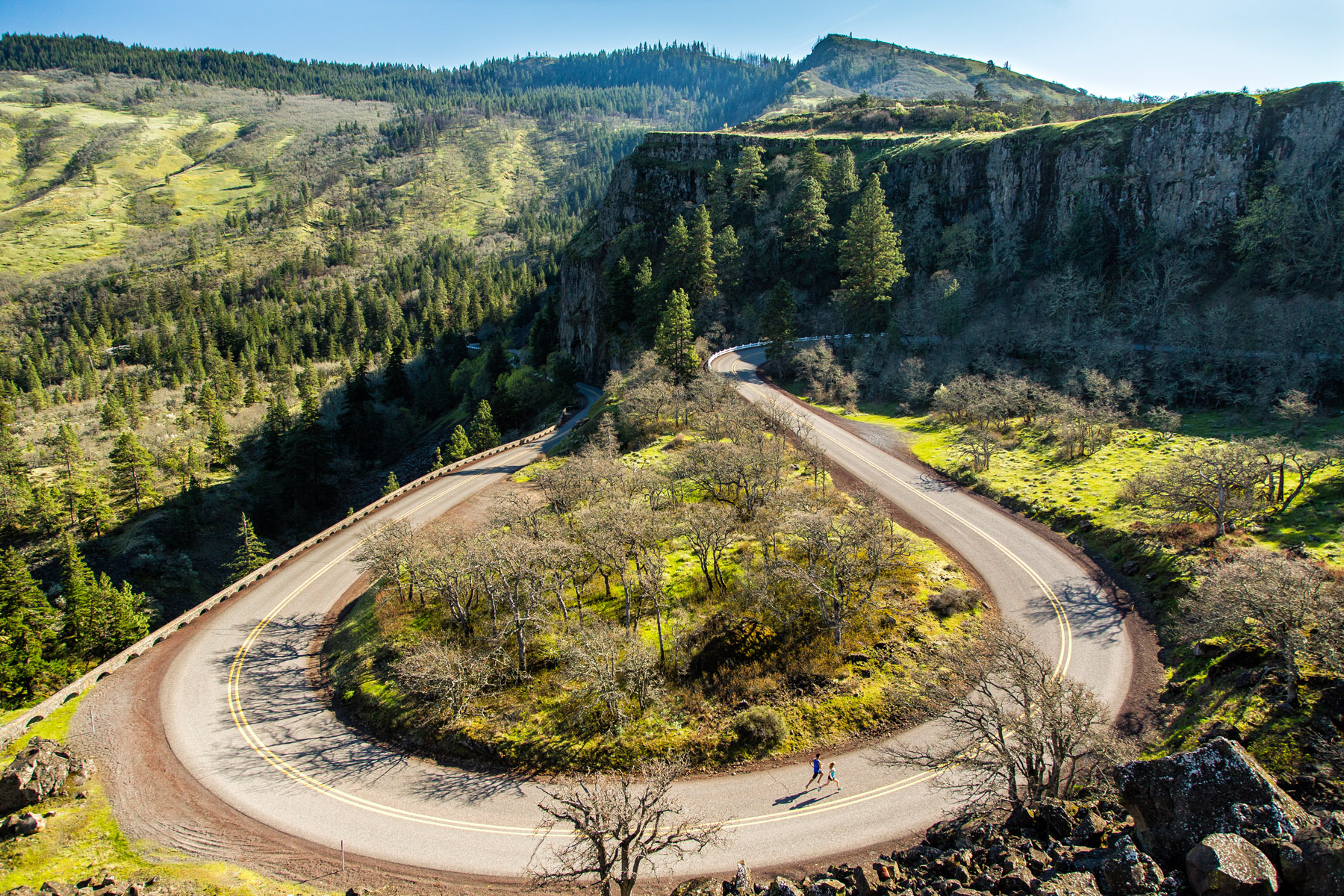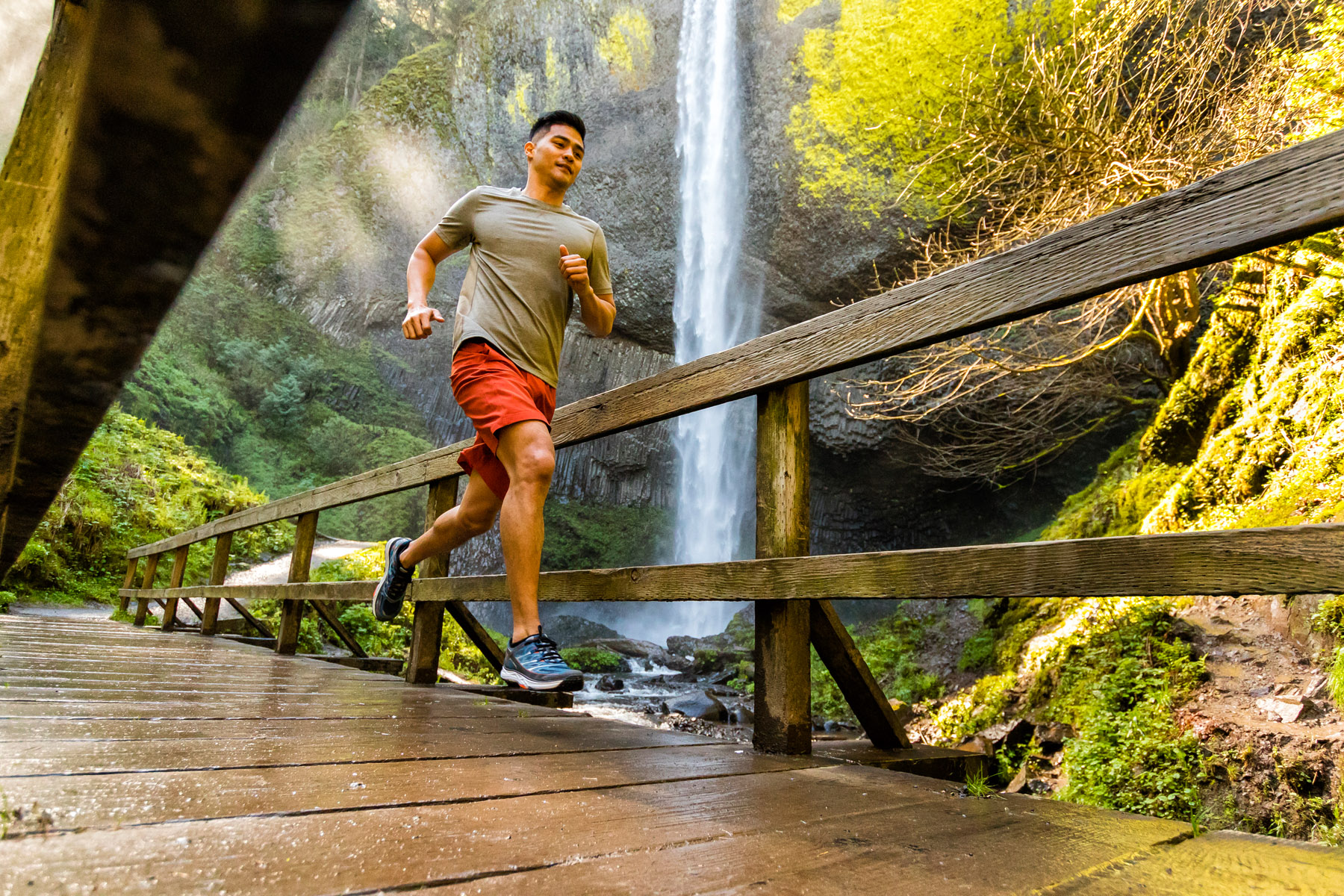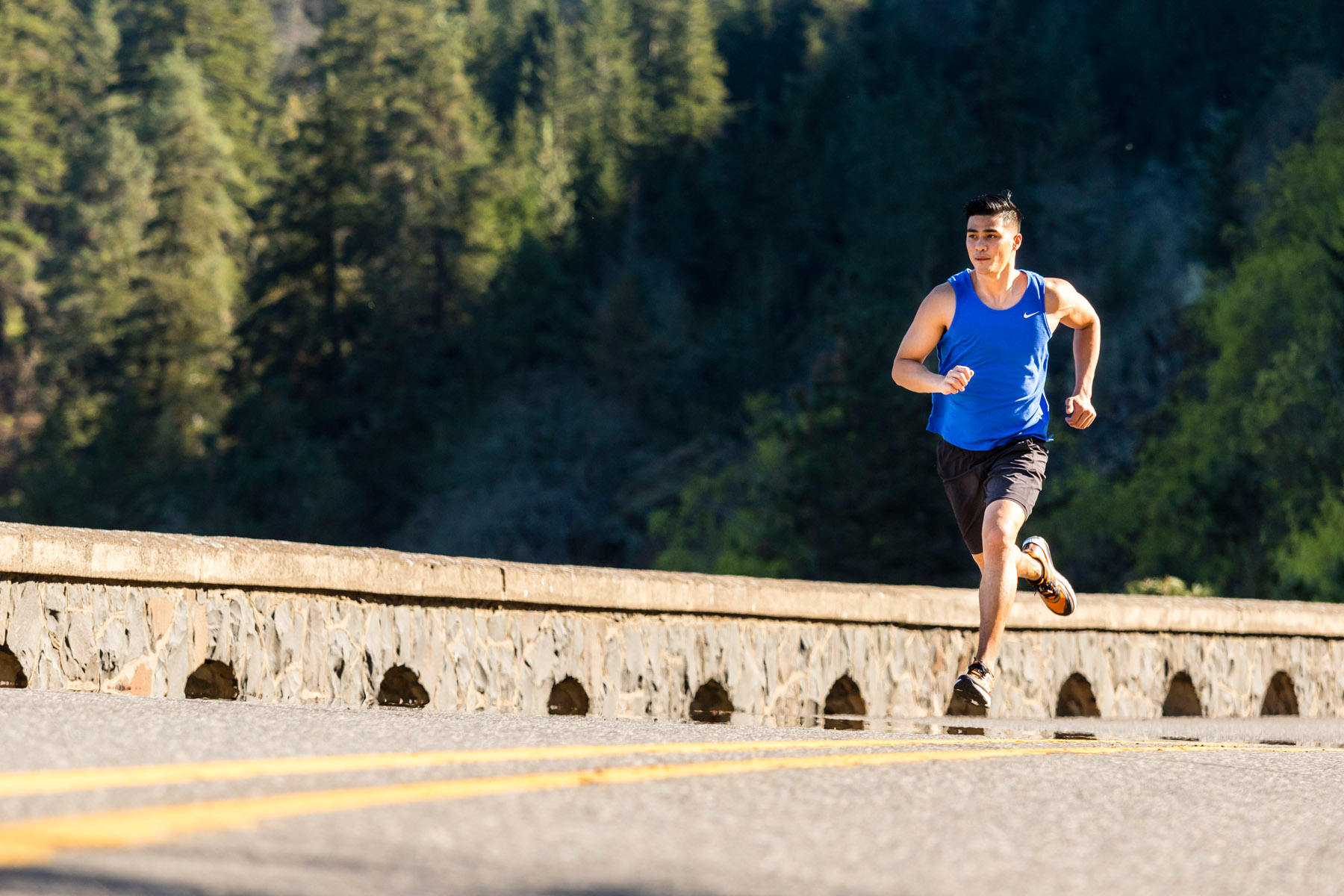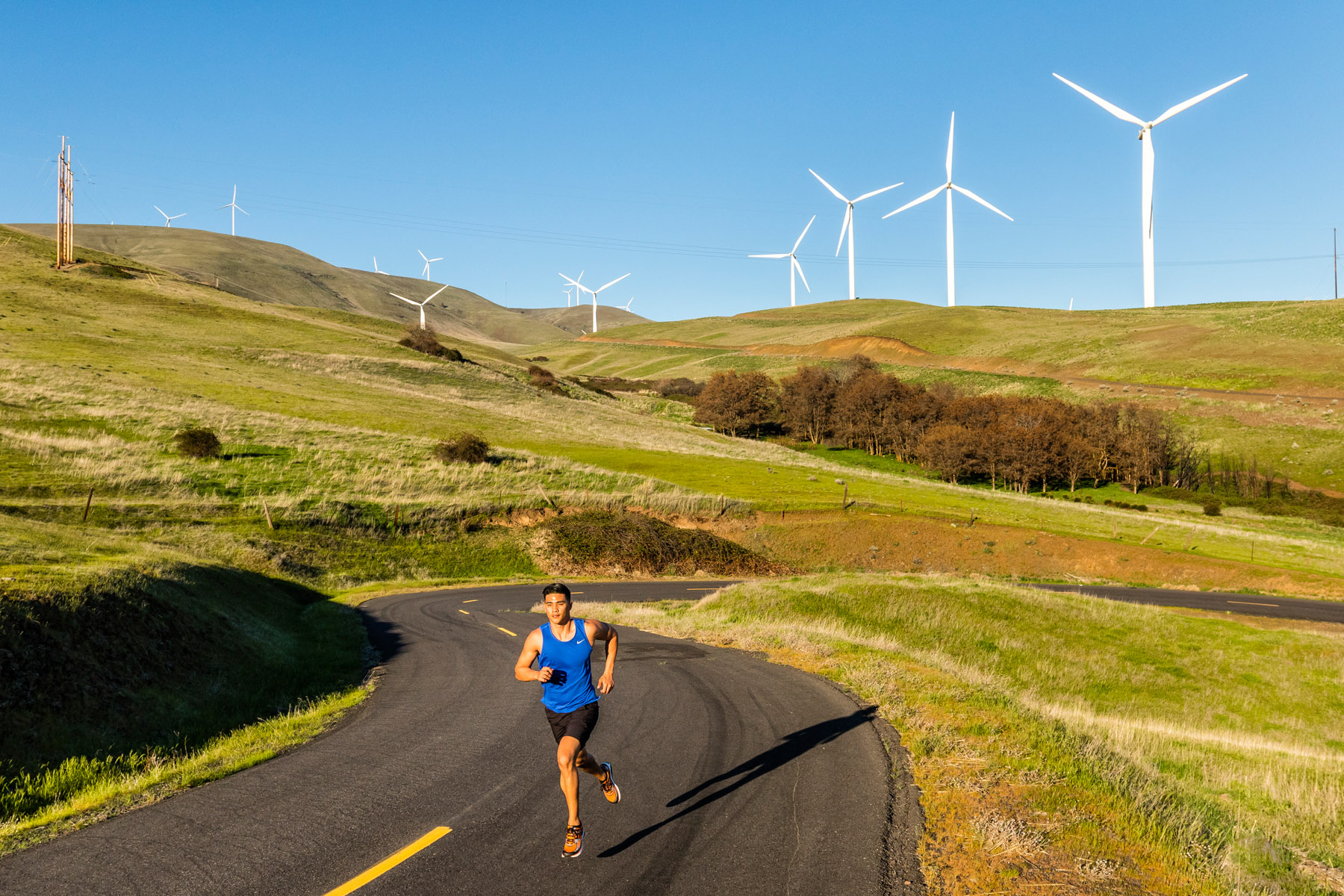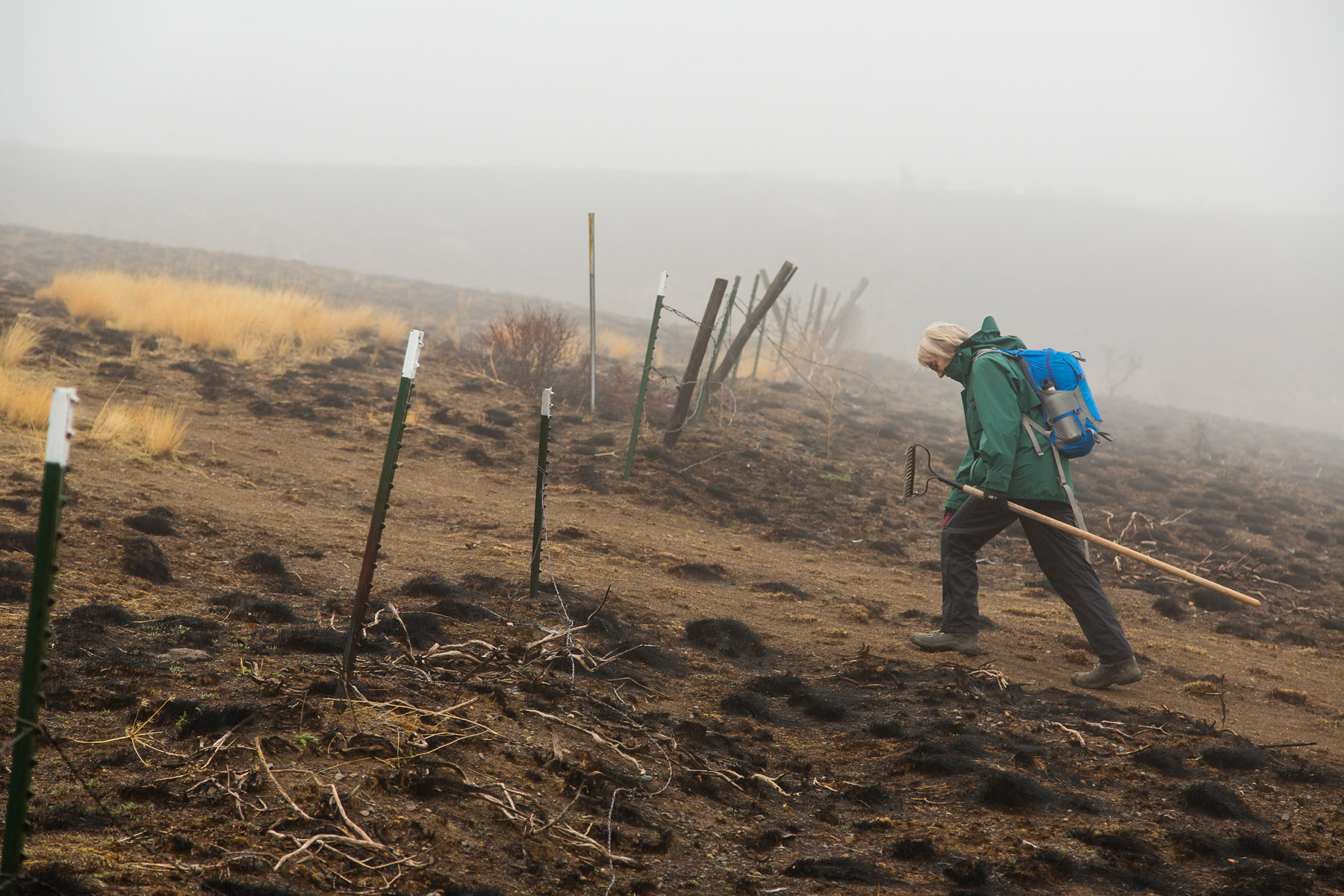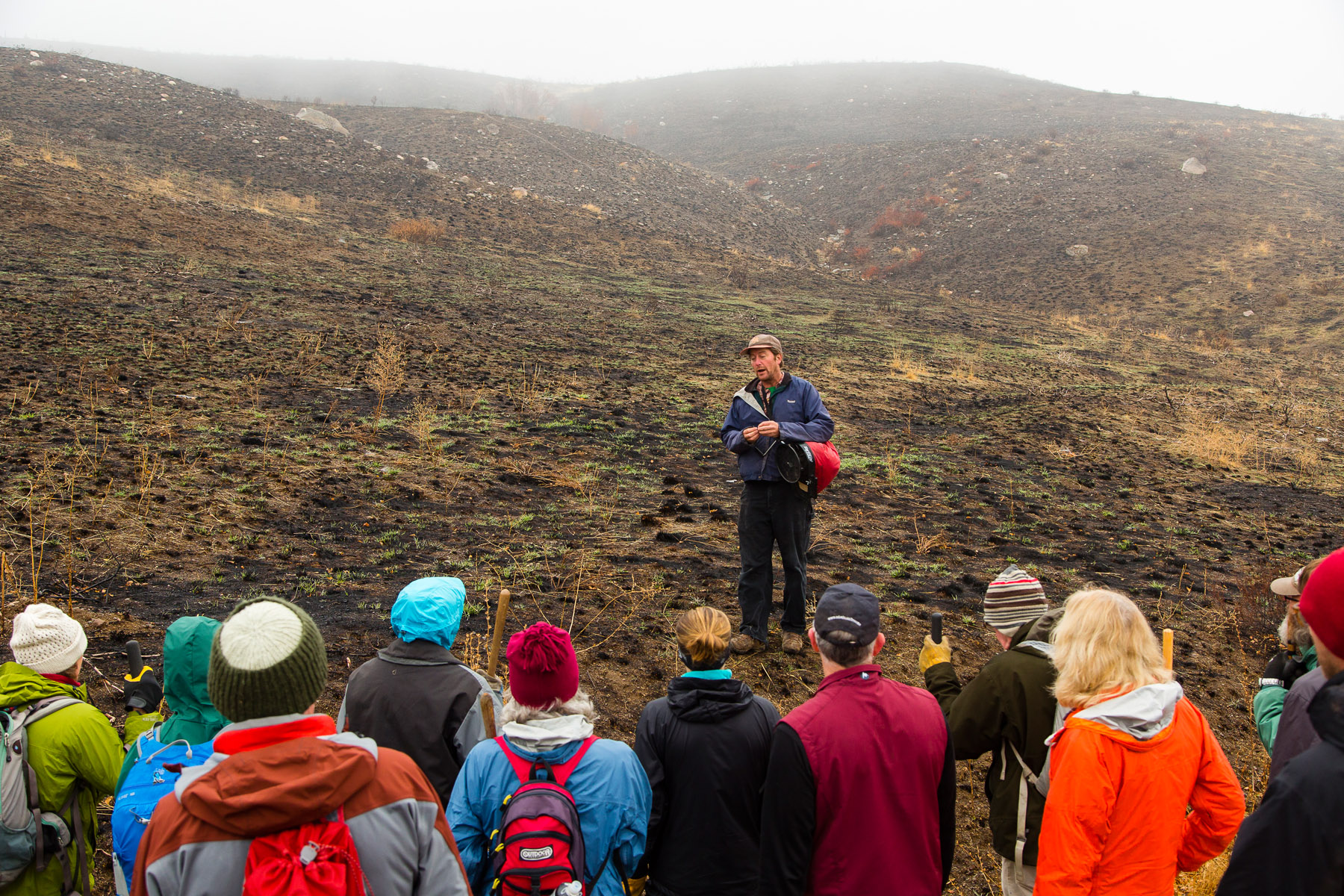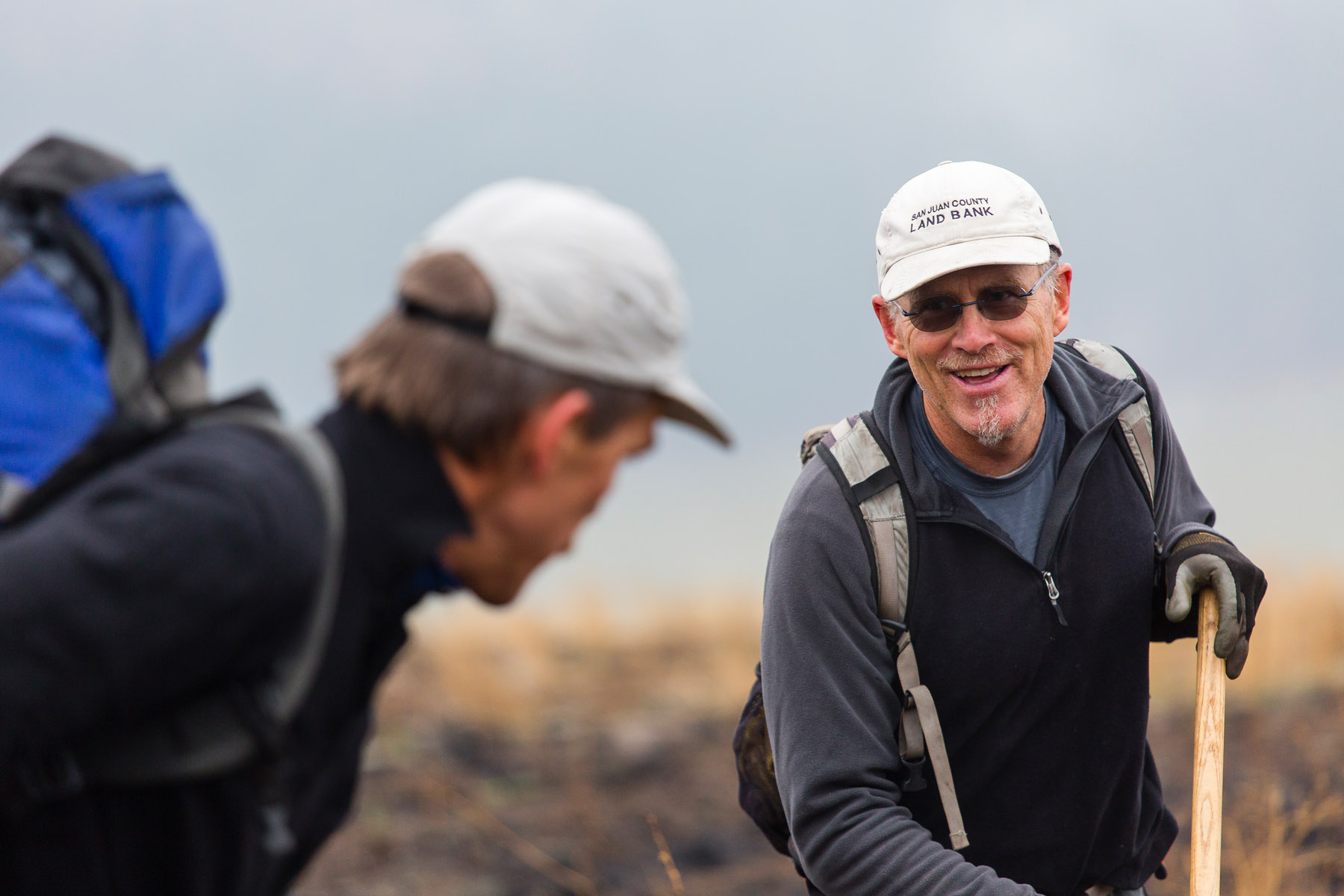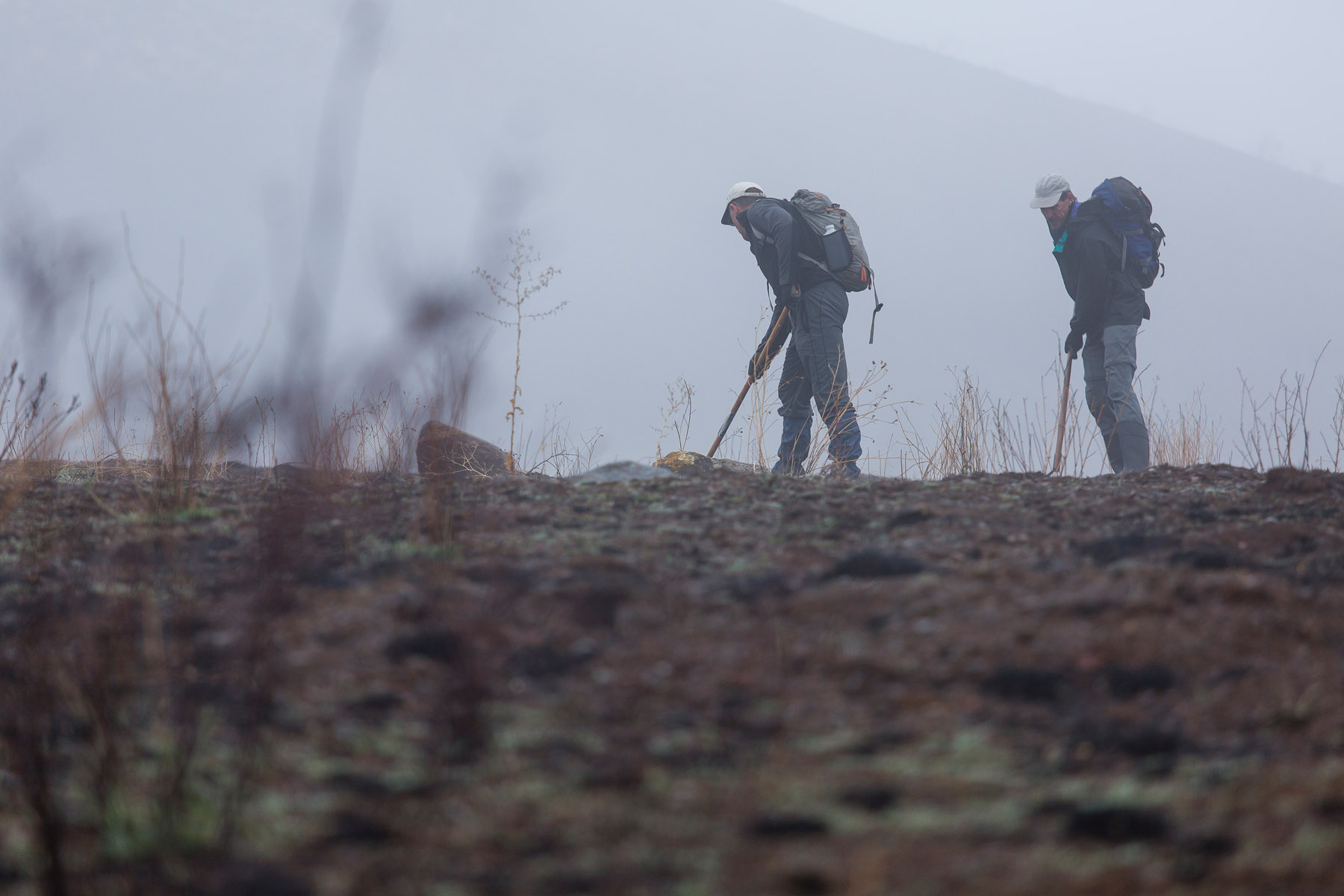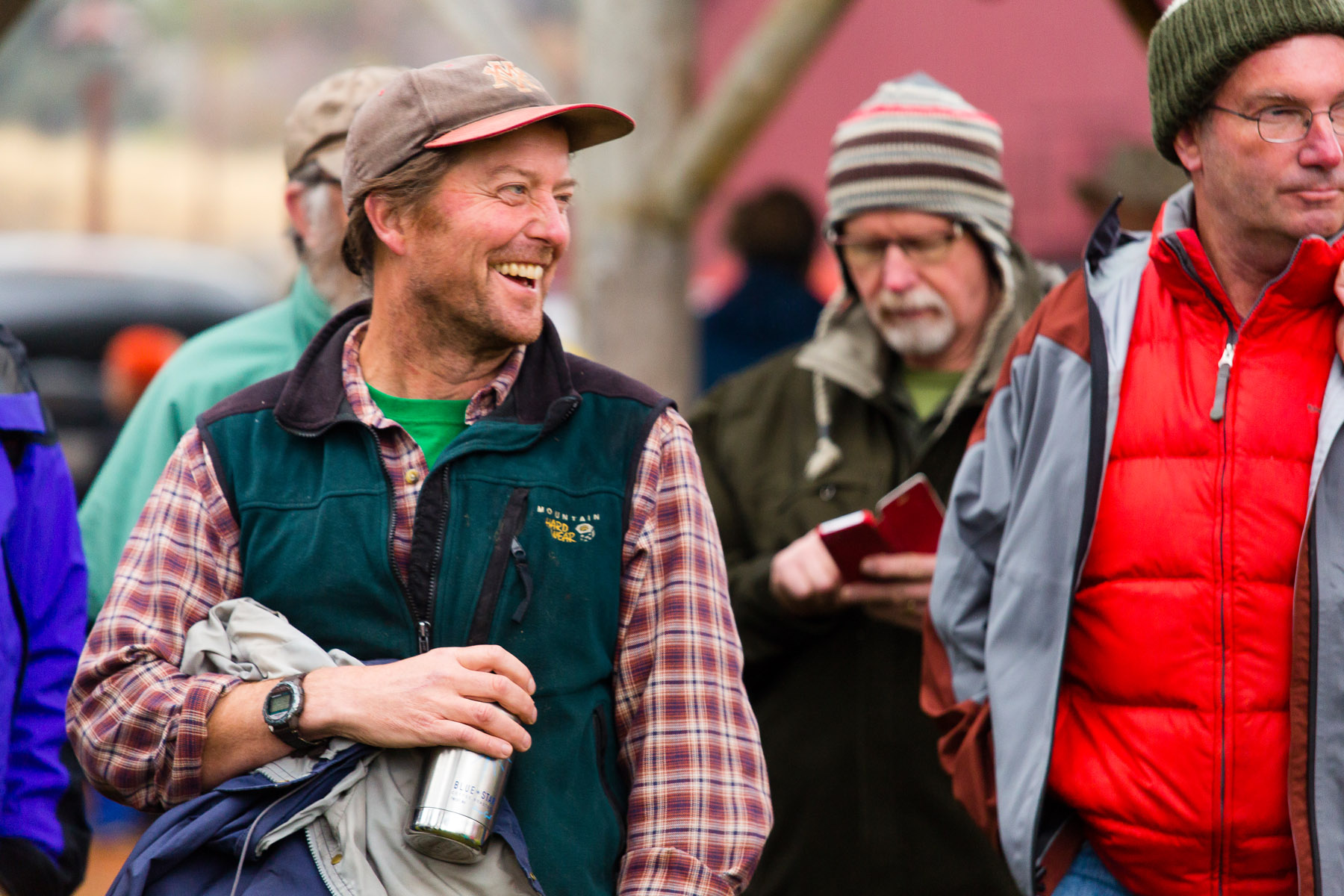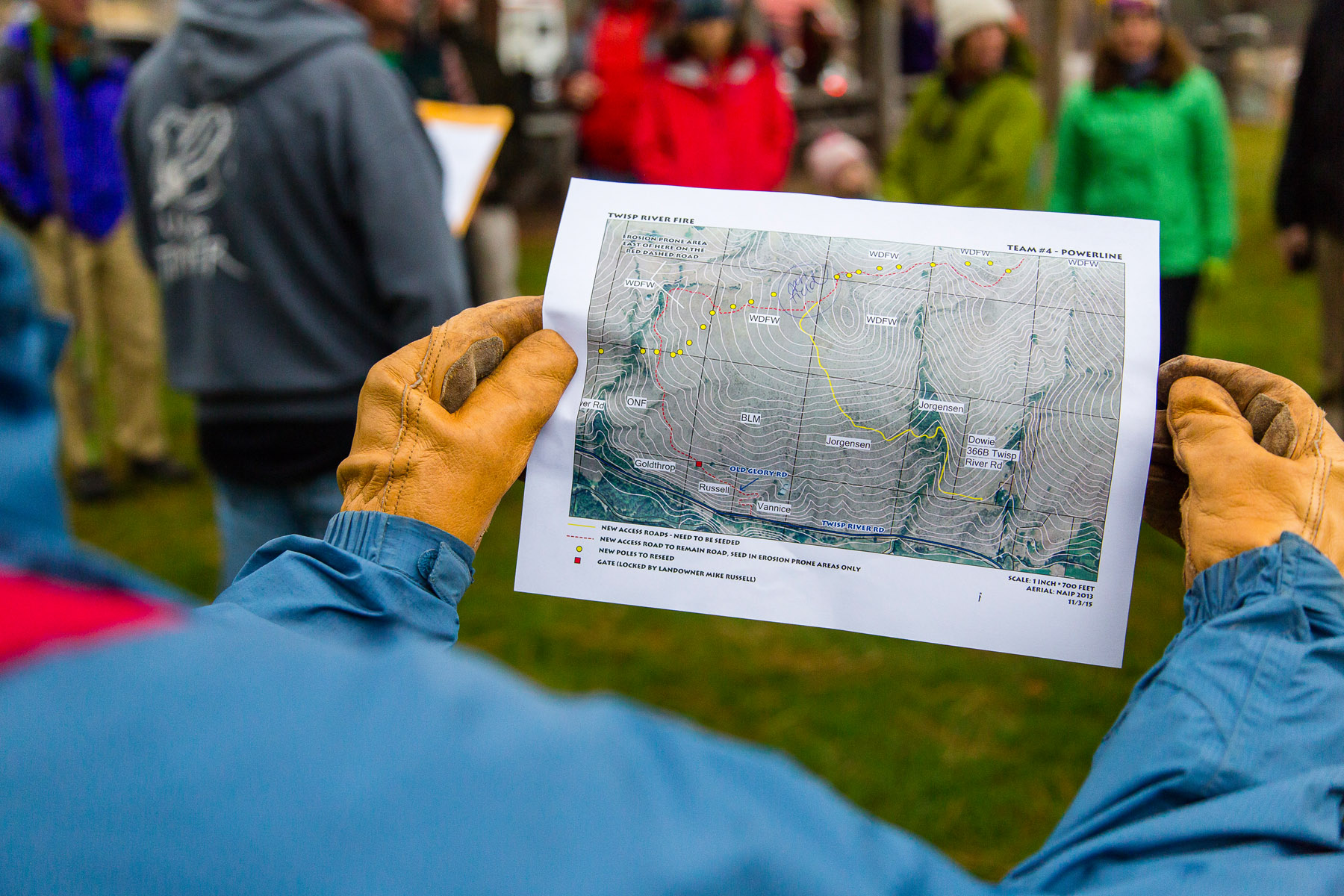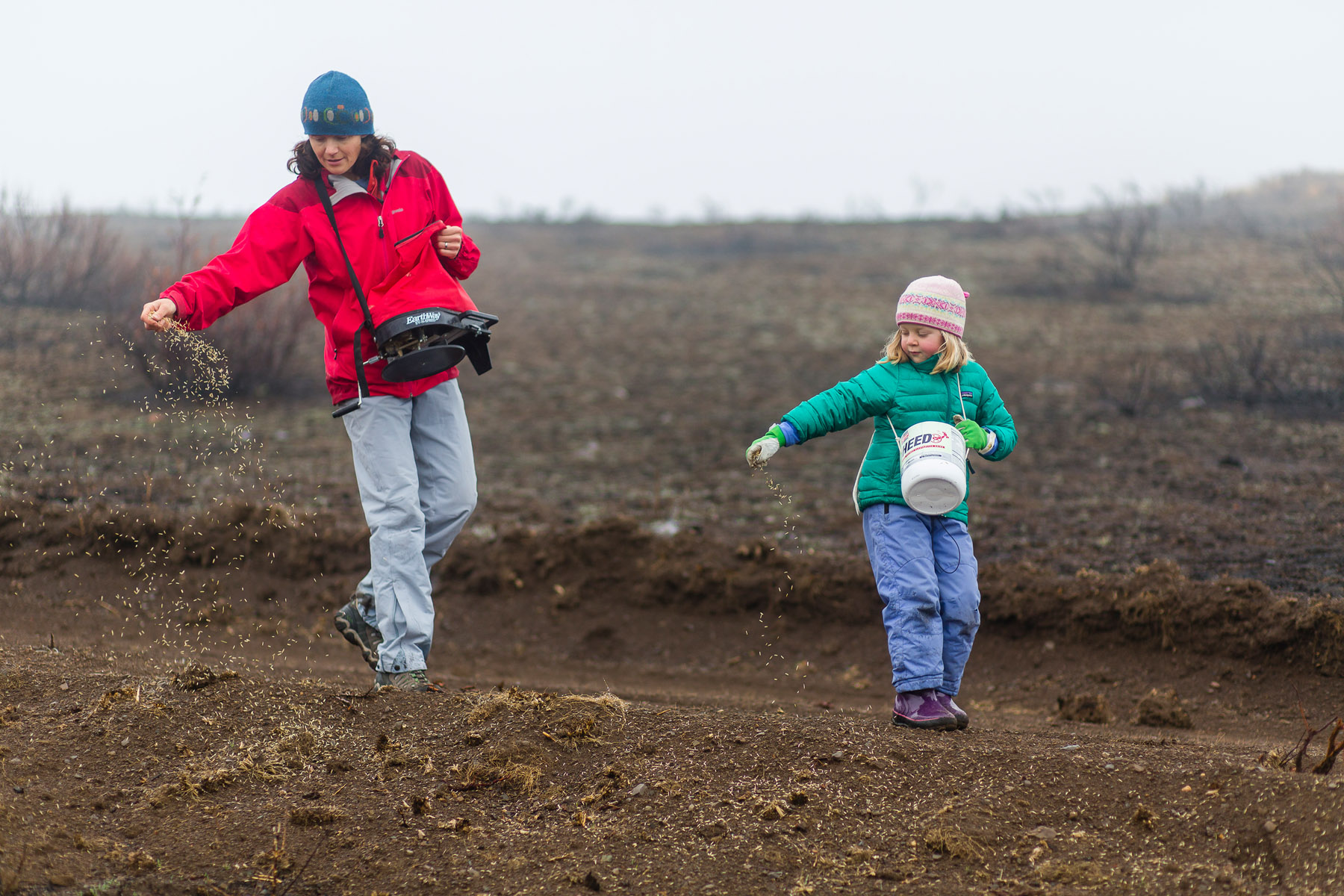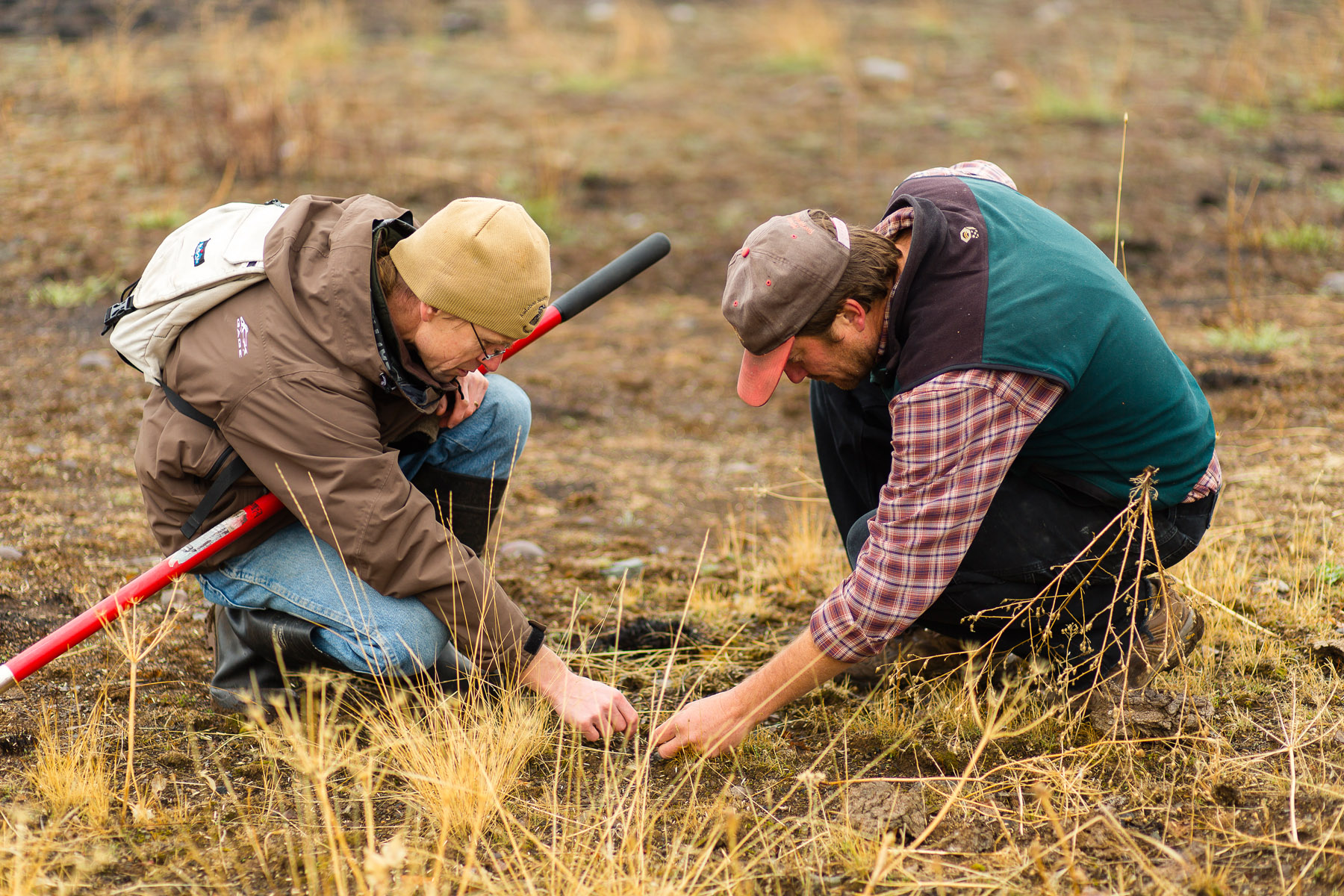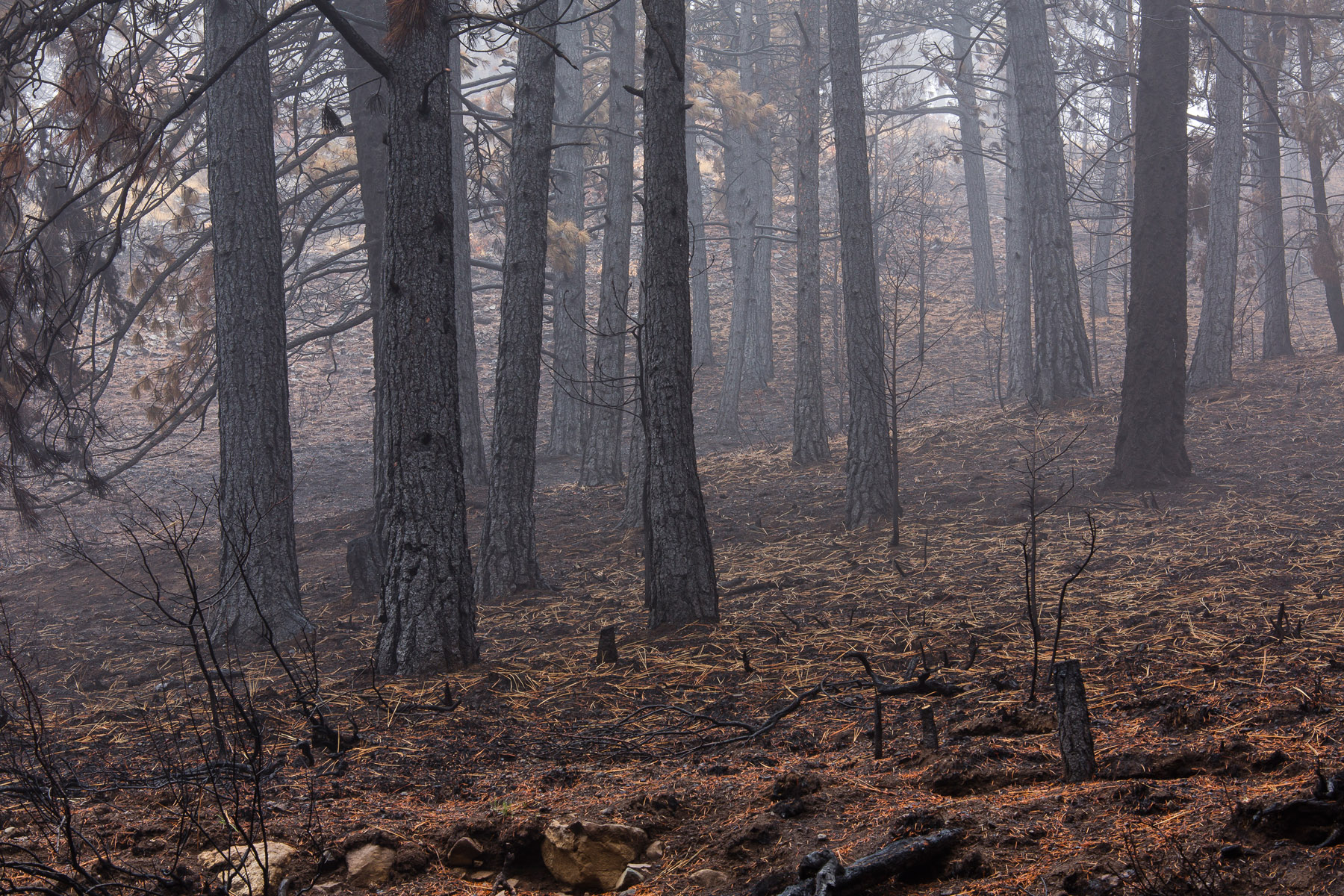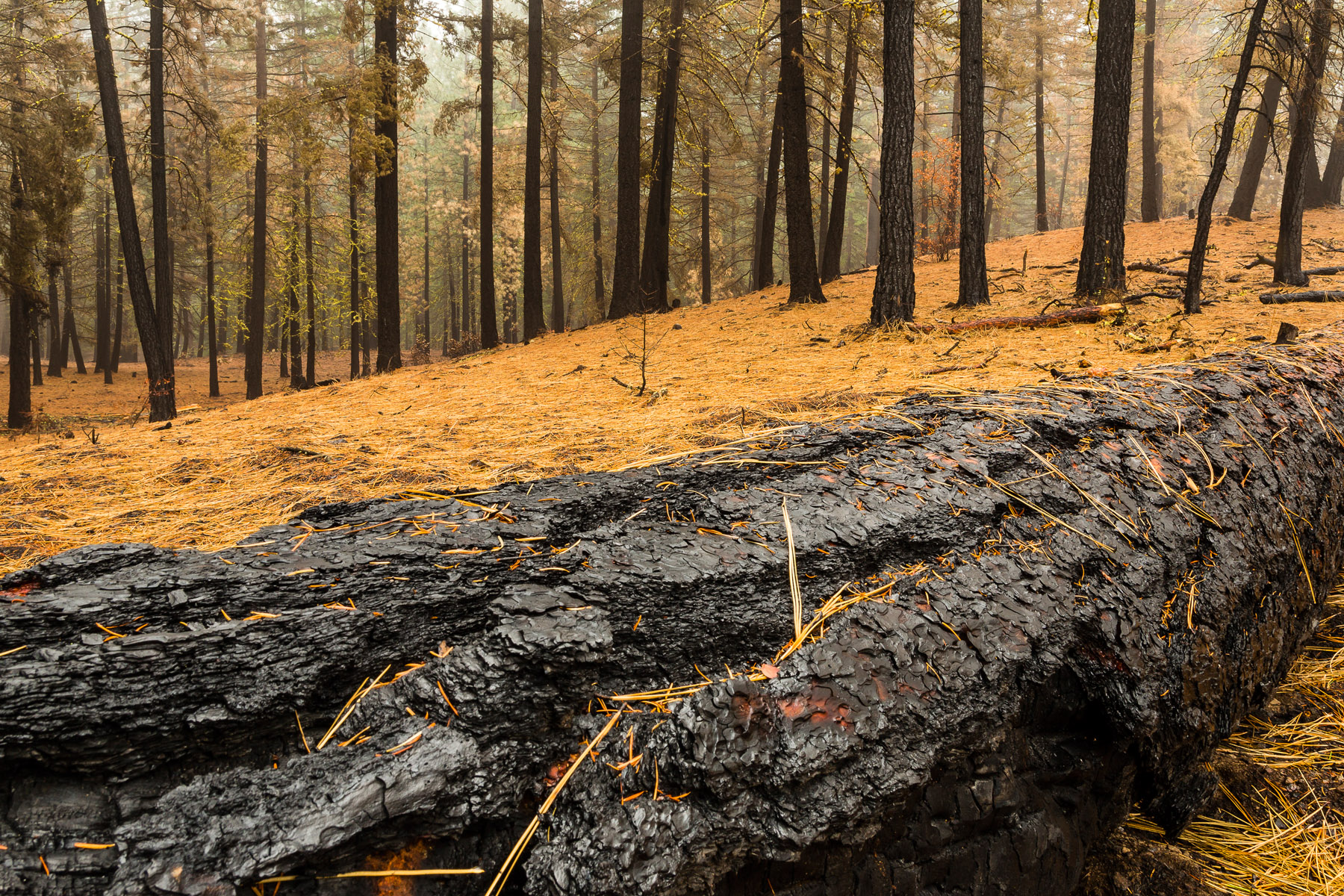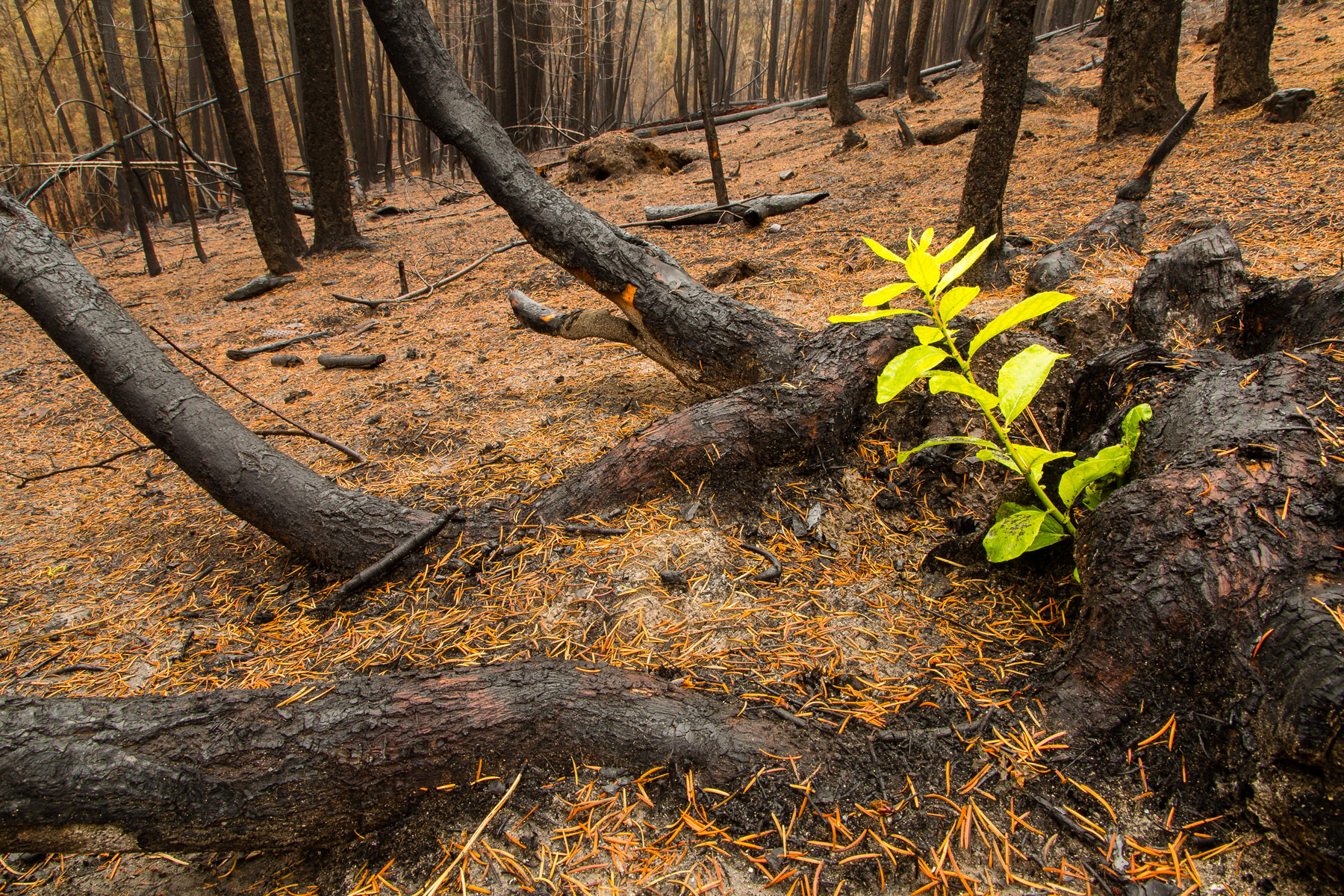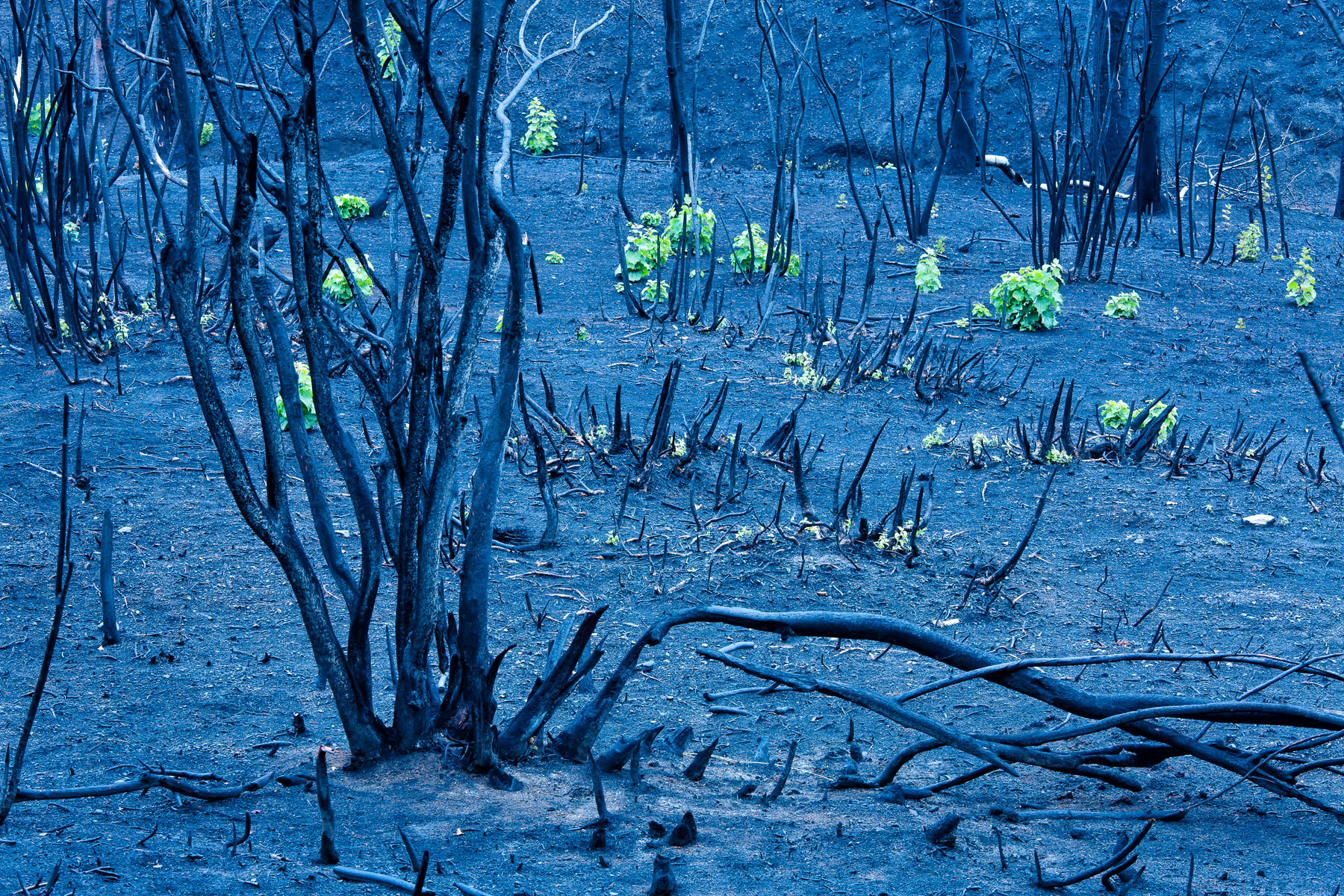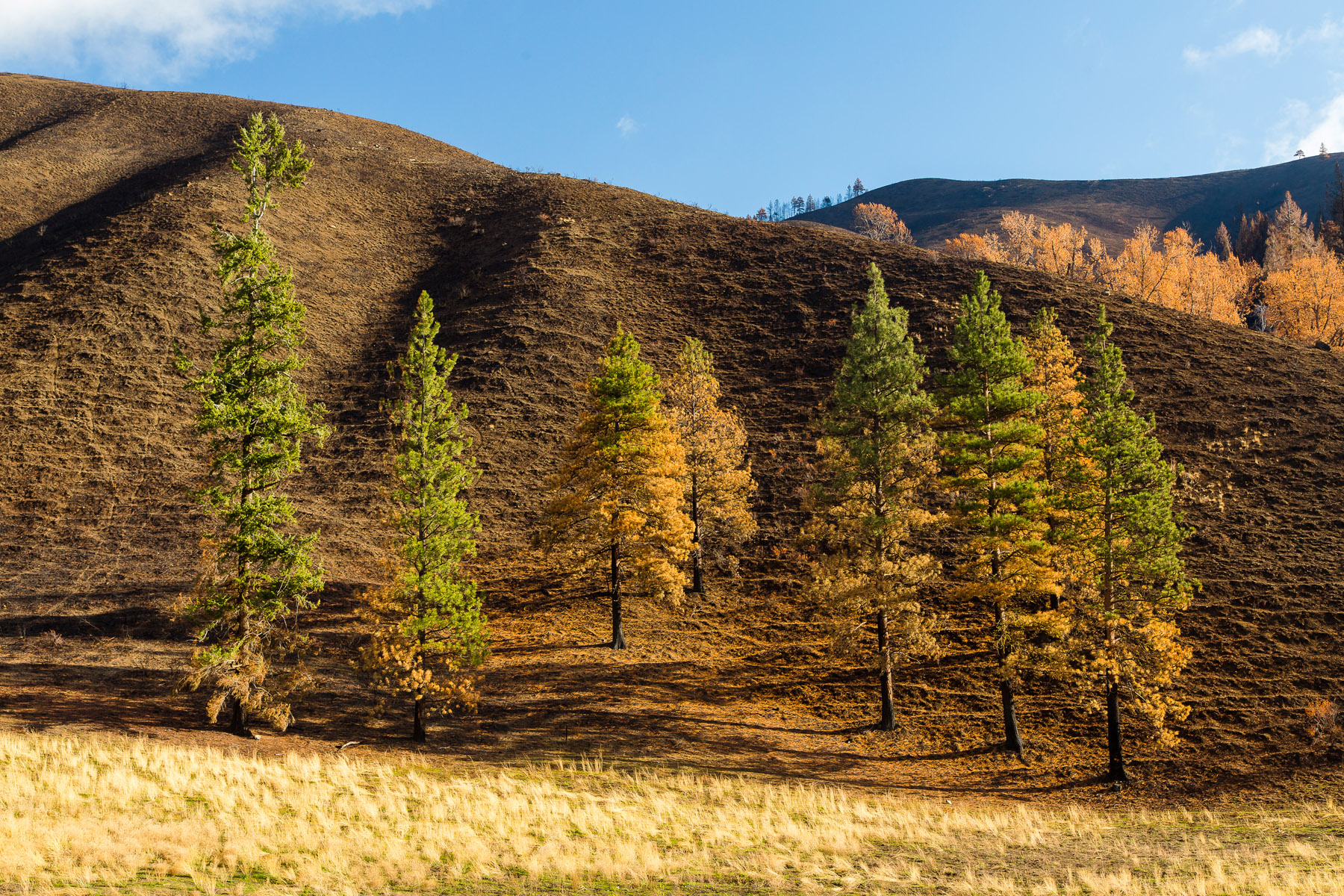Topo Athletic Urban and Rural Road Running Photoshoot
I've had a super busy start to 2016. I recently did a fantastic two day shoot for Boston based Topo Athletic. Day one was an urban running and fitness shoot in Seattle, including road and track with a mix of natural light and strobes. Day two was a rural running and lifestyle shoot in the Columbia River Gorge between Oregon and Washington, including capturing drone stills and video. With these two completely different days of shooting, I was able to leverage the diversity of the Northwest as well as my knowledge of this area to capture a wide range of locations and images in only two days of shooting.
This is my third shoot in the past year with Topo Athletic and it was great to work with them again as they are becoming a regular client.
Personal Work
I often get asked by potential clients what I like to do in my spare time. Usually my response is something like this: "I'm a professional photographer, so I don't have spare time!" But the real answer is this. I like to take photos in my spare time. I am a photographer because taking photos is who I am, so when I don't take photos for my clients, I take photos for myself. It can be anything. My kids; landscape photos; or lately I've been working on a personal project to document the recovery from the wildfires in the Methow Valley in Washington state (my home state).
Over the past two summers, the Methow has endured devastating fires. Each year experienced the largest wildfire in state history. That's two years in a row of record breaking wildfires. Not a good sign for future wildfire seasons as climate change really kicks in. Let's hope we can turn that around before it gets too destructive.
The Methow Valley is a special place in so many ways. But I have a strong personal connection to the valley. I fell in love with the Methow the first time I saw it, and I've been traveling there for about 20 years to ski, bike, hike, run, and take photos. My wife was on a similar path before we met, and we ended up getting married in the valley about 10 years ago. We've since bought a cabin there and spend as much time as we can in the Methow with our kids.
So it was that much harder to see the wildfires create such environmental and human devastation in the past two years. Wildfire has always been part of the natural landscape. The residents of the valley know it. They have always lived with wildfire. But fires are getting bigger and more intense and out of control in a way they haven't previously.
So I recently reached out to the Methow Conservancy, a Methow Valley based organization that helps people care for and conserve the Methow Valley. It's a great grass roots group that brings together a diverse group of people that all care about the Methow. I wanted to use my photo skills for a project to document the effects of the wildfires on the environment and community and document the recovery of the land.
We kicked off the project a couple of weeks ago. The Conservancy organized a 'seed bomb'. About 75 volunteers from the community came out to help spread seed to areas that were severely burned in the August fires near Twisp and help the land recover and minimize damage and erosion.
So this, as it turns out, is what I do in my spare time. I wish I had more spare time!
Living the Dream?
I've been a full-time professional photographer for over ten years, and semi-pro for about ten years before that. So I've been in the photo business for about twenty years. That's a long time! I started out shooting 35mm slide film, added 4x5 large format to my shooting, switched to 6x7 medium format, then gave up film entirely when Canon introduced the 5D. Now I'm still shooting Canon, but it's the 5D Mark III at 24MP. I haven't shot a frame of film for about ten years. And I'm loving being photography even more than I did when I started. Digital has added so many creative possibilities that weren't even options five or six years ago, let alone with film. Very high ISO shooting? Check! Incredibly high burst rates of 15fps or more? Check! Resolution higher than medium format in a 35mm frame? Check! All great stuff. So what's not to love?
When I meet people and tell them I'm a professional photographer, a common reaction is that I have a dream job. And in many ways I do. I get paid to travel to some amazing places. I've been to Iceland, Alaska, Utah, California, and many other beautiful locations to shoot for my clients.
I get to make my own schedule. I'm my own boss. I decide where I want to travel when I'm shooting for myself, and expense it to my business. I sometimes get to choose locations for my photoshoots for clients. This is all great stuff! But there are downsides that you might not realize until you spend a little time thinking about what goes into running your own business. Here are a few things to consider.
Paid vacation or sick leave? Forget about it. In fact, I rarely have a true vacation where I'm not working. I often travel on my vacations to places I love (don't we all?). But if I'm going to be in an amazing destination, it makes business sense to take photos. So I'm often up early for sunrise and late for sunset. I don't get much sleep or downtime on my 'vacation'. As a small business owner, much of the business of office work falls on me. I am the IT department, the accounting department, the office manager, the creative director, the marketing department, and yes, even the photographer of my business. There are a lot of hats to wear.
Of course none of that was a surprise when I became a photographer, but nobody thinks about that when they say I have their dream job. They imagine me on location in some of the most beautiful places in the world all the time. In reality, I do travel and go to beautiful places quite a bit. But more often than not, you'll find me in the office editing photos or sending out marketing emails, or, well, you get the point.
But just as importantly, the business of photography has changed dramatically, especially in the past five years. There has been a flood of great photography entering the market as amateurs post their images on Flickr, 500px, Photoshelter, or microstock libraries like shuttertock and others. And lots of amateurs are selling their work for little or almost nothing, just for the thrill of getting published. Stock photo rates are so low, sometimes images are sold for pennies. Not surprisingly, the rates paid for photo licensing and contract shooting have dropped as well.
But most surprisingly to me, is how there has been a loss of professionalism, not from photographers, but from clients. It would seem that getting paid for images being used is a straightforward transaction. You use my image, and then pay me, right? Unfortunately not. I have one (former) client that I just fired because they refuse to pay sooner than a year and a half after they print my images. That's not a typo. 18 months. the standard used to be 30-60 days after going to print. And they refuse to budge. So I refuse to work with them anymore.
I'm not trying to burst your bubble about me and your dream job. I wouldn't be doing it if I still didn't completely love being a photographer. But just like any job, there are parts of it you just would rather not have to deal with. Photographers have to work much harder now to make a living. And the days of going out and shooting great photos and sitting back waiting for the checks to roll in are long gone (if they ever really existed!). Professional photography, it's not all sunshine and lollipops!
Camera War Z
Single Lens Reflex cameras (SLRs) have been the mainstay of professional photographers and enthusiasts for decades. And for good reason. The image quality and shooting capability have always been the best you can get (in a reasonable size and price anyway).
Single Lens Reflex is a nerdy way of saying what you see in the optical viewfinder is a live view through the lens. The image coming through the lens is directed up to the viewfinder via a mirror and a pentaprism (another nerdy word for more mirrors) and then through the optical viewfinder. It's great to know exactly what you are shooting. And it makes composing an image easier because you are not distracted by bright sunshine making it hard to see what's on the screen on the back of your camera, or by everything outside the frame when composing using the screen.
Okay, that makes sense, right? So we're all good? Nope, not anymore we're not. Things change, usually for the better. Disruptive technologies (see my blog post on disruptive tech below!) have a way of making the good old way not so good anymore. And the SLR is the living dead of cameras. Why? I'm glad you asked. Electronic viewfinders, that's why! An electronic viewfinder (EVF), unlike single lens reflex and pentaprism, is exactly what it sounds like. Instead of a bunch of mirrors directing the live image from the lens through the viewfinder, the camera has an electronic image come from the sensor to an electronic viewfinder. So they can look a lot like a dSLR, but smaller, and lighter, and usually faster. And photographers like faster. Who wouldn't want faster?
Why are they smaller, lighter, and FASTER!? Simply because the mirror takes up space. Get rid of the mirror and the camera can be made smaller and lighter. With an SLR, every time you take a photo, the mirror has to flip up out of the way so the light can reach the sensor. Snap! Then the mirror returns. The viewfinder goes momentarily dark. It's called viewfinder blackout. When you take a picture, you don't actually see what picture you took. You see the moment right before and the moment right after. And black in between. Since there's no mirror on a mirrorLESS (get it!) there is shorter screen blackout (or none), depending on the camera design. There are too many other advantages of mirrorless cameras to go into here, so I'll focus on smaller, lighter and faster.
The key here is the electronic viewfinder. They've been around for years. But it's just in the past year or two that they've advanced to be good enough to replace an optical viewfinder on SLRs. And that is the moment when SLRs went from dominant to zombie. It's only a matter of time before SLRs become a niche camera. Here's how I know.
I've always shot Canon SLRs. I have so much Canon gear that I (should) have a special seat at the table at their annual stockholder's meeting. So I'm kind of connected to Canon through my investment in their lenses (cameras are actually only about 1/5th of my investment in camera equipment. most of it is in lenses). I like Canon, but they're living in the past. They don't offer a good mirrorless option, instead focusing on bringing old tech to the market. Confession: I recently tried my first mirrorless camera (I feel like I'm cheating on Canon). The Samsung NX1. The NX1 is an amazing camera. It competes with Canon's new 7D Mark II. The 7D II is a nice camera, but it's already outdated. It was outdated two years before they released it. The image quality is great. But the NX1 beats the Canon at almost every spec. It's much faster frame rate, higher resolution, waaaay better video, smaller, lighter, and FASTER! And the NX1 is cheaper.
Sounds great. But I didn't keep the NX1 and reluctantly bought the 7D II instead. Why, if the NX1 is so much better? Changing cameras isn't a simple as changing the brand of your jeans. For better or worse, changing cameras also means changing lenses. And as I mentioned above, that's a big deal, and Canon knows it. But besides the big lens change, the NX1 came up short in two areas...autofocus and behavior of the viewfinder. The autofocus on the NX1 is very good, probably good enough for 90% of what I shoot and 100% of what most people shoot. But the Canon autofocus is better. The second way the NX1 came up short was how the viewfinder is programmed to function. It's a really nice electronic viewfinder. It's so good it's easy to forget it's not optical. But for some strange reason, during burst shooting, Samsung has programmed the viewfinder to show a series of still images, instead of the live image. So essentially you see a series of photos that you just took. It makes tracking a moving subject (i.e. runner, snowboarder, or misbehaving child) very difficult. I have no idea why they would do this (Samsung...not the misbehaving child), and it's something that could be easily fixed in a firmware update, which to their credit Samsung is doing about once a month. I really liked the NX1 and wanted to keep it. But I just couldn't make it work for what I needed right now.
So I'm not quite ready to switch to mirrorless...yet. But the 7D II will probably be the last SLR I ever buy, and I wouldn't be surprised if in a year I have switched to mirrorless. I get a lot of people ask me for camera recommendations and now I recommend a mirrorless. And I would recommend the NX1 without hesitation. I've also been recommending the Sony a6000. It's a smaller form factor mirrorless camera, but with amazing autofocus, resolution and frame rate.
So the SLR lives on for now. But really, it's just a zombie and will be truly dead in a year or two.
Leaving Livebooks
I've had my websites (www.materaphoto.com and www.stephenmatera.com) hosted through Livebooks for about five years. When I first signed on with them, they were the web host of choice for professional photographers. But a lot has changed in five years.
Since then, web design has changed both in style and functionality. Livebooks has failed to keep up with current design standards. They offer custom sites at a cost premium. But there are many other hosting and design options available. My new site (which you're reading this on) is hosted through Squarespace.
With its custom 'block design', Squarespace allows for me to build and customize my site by myself. I won't go into details about how it's done, but it's great, simple, and unmatched by other hosts I've looked into. Squarespace ranks very high in Search Engine Optimization also, which is hugely important to photographers.
But what really made me decide to leave Livebooks was all the problems I've had with them in the past couple of years. A number of times in the past year, email was down for more than a day. They have ended phone based support. Any support requests are done through an online form and a response can take over 24 hours. That's not much help in an emergency. And sad to say the support people are clueless. In trying to switch over my web host from them to Squarespace, Livebooks support incorrectly told me they had no control of my hosting, which wasn't the case. I've found the Squarespace support to be responsive, generally well informed, and helpful.
Livebooks' rates are also high compared to their competitors and design options are limited, old, or too expensive to make custom changes. The blog available through Livebooks is very limited, not allowing comments or for readers to subscribe to the blog.
Squarespace isn't perfect. I've found a bug in their design where the image captions cover part of the image when the zoom level is too magnified (they acknowledged it through support). Changing web hosts and designs is a big deal. It takes months of work to redo a site. But Livebooks...old design, expensive, and poor support. What's not to like?
Good Lenses Gone Bad
in Advice, Opinion, Photography, Equipment
As a pro photographer, I need to work with the best equipment I can to deliver the best possible images to my clients. I’m a Canon shooter and use all Canon L series lenses. The L series is the professional line of lenses that are the sharpest, most rugged, and weather sealed line of lenses that Canon sells. Even so, I tend to be very gentle with my equipment because I rely on it to work when I need it to. All my equipment looks almost new.
And Canon delivers on all of that quality. Usually. The L lenses are as sharp as anything on the market…except for when they’re not. About once a year, I will have a lens that has a glass element inside that shifts and the lens gets soft (i.e. not sharp) at one or more focal lengths, usually on one side of the frame. I’ve had it happen to at least five lenses.
A quick (but not cheap) repair by Canon usually puts the lens back to factory specifications. But it happens seemingly randomly and I am not able to notice until the images are viewed on my computer. I am in the habit of testing all my lenses before a big shoot to make sure everything checks out. I also see this happening to other photographers because I have noticed images in print that show this problem. Once you’ see it, it’s obvious. The images here show the sharp and soft areas (shown by the red boxes in the full image at top) at 100% magnification. Notice how the image on the right gets softer as you view from the left to the right side of the image
Printed Portfolio
in Advice, Opinion, Photography
It may be surprising to learn that even as the internet is the first choice for displaying photo portfolios, printed portfolios are still an important piece to have to share with clients. As you might expect, my online portfolio (aka my websites, www.materaphoto.com and www.stephenmatera.com) are the first place that clients go to look at my work. And for most clients, that’s enough for them to get an idea of if they like my work and want to hire me. ‘Nuff said.
But in the commercial world, especially on the agency side, things are different. The online portfolio is only the first step in getting in the door. Often, there are also emails with electronic promo pieces, printed promo cards, and repeated phone calls to try and get through the din of all the other photographers. Of course, even with all of that, only the best work gets noticed by creative directors and art directors at agencies. When a good connection is made, an invitation is extended to come in for a meet and greet. You don’t get that invitation unless they like your work enough to potentially hire you to shoot for them.
Once that invitation is extended, the meeting is largely about matching up personalities and getting an idea of how the CD/AD likes the photographer and how they think it would be to work together. Part of this meet and greet is also looking at a printed portfolio.
An online portfolio is good way to introduce your work. Viewing a printed portfolio will give the CD/AD a better idea of the quality of your work. Often images that look good online won’t hold up well to printing. A printed image will show the technical flaws that an online image will hide. Often, the printed portfolio will have better color accuracy, depth, and sharpness than an online image, if printed well.
With that in mind, I recently redid my printed portfolio. I redo my portfolio about once a year to keep it fresh. But beside the value in keeping an updated print portfolio, the process of going through and selecting images helps me clarify and understand my creative process and changes in style since the last portfolio. The creative process is so complex it’s easy for me to miss subtle and not so subtle changes in my images until I sit back and look at them all together.
There are tons of great ways of printing a portfolio, including hand made/bound. I print my portfolios using blurb.com. I’ve used them for years and have been happy with the print quality, color accuracy, and turnaround time. I love the wraparound cover option and the new pearl finish paper is fantastic. It’s inexpensive enough to create specific portfolios for each time I meet with a client and tailor it to what I think they will like best.
Web Education
Searching the web for any information is like trying to drink from a fire hydrant. There is so much information available it’s easy to get sucked in and overwhelmed. Then you can get lost down the rabbit hole trying to sort through trying to filter the good information from the bad.
I’ve spent enough time drinking from that hydrant and know where to go to get good information. The business model for photo based websites has changed. Everyone (including me!) is trying to pull viewers in with free content. There are different ways that this is accomplished, but in the end, there is a lot of good information to be had out there at no cost (and a lot of crap that they charge for). The one rule I had for this list is that everything had to be available for free (at least the first time it is available). Many of these are webinars. The great thing about webinars is if you miss them when they’re live, the hosts will almost always make them available to watch later.
So here’s my list of sites I find useful for learning about photography.
1. Photoshelter – yup, Photoshelter. And I’m not talking about using it for hosting stock images. Photoshelter has some great downloadable pdfs and tutorials on the business side of photography. Sometimes what I read helps me to affirm that I’m doing the right thing to attract clients. Sometimes what I read makes me think I am stumbling blind through the photo business. Either way, it’s good stuff.
2. Creative Live – Creative Live has some fantastic courses/workshops online covering both the creative and business side of being a photographer. They’re free when you watch live. If you want to watch it again later, the courses are usually about $100. They’re usually 2-3 days long, all day, and often over the weekends. I rarely have time to sit through (or sit still) for an entire course. Often I’ll work on my desktop and have it playing on my laptop. As a working professional photographer, I still often learn a lot of new stuff. And other times I get validated in my way of shooting/running a business by hearing it from other pros. There’s a wealth of good information to get learned from Creative Live, if you have the time.
3. Accidental Creative – Articles and podcasts on maximizing creativity and overcoming creative roadblocks.
4. X-Rite Photo – Yes, the makers of X-Rite monitor profiling equipment have great photo tutorials also. Here’s one on post-processing for landscape photography that I found worthwhile.
5. ASMP – The American Society of Media Photographers. Even if you’re not a member, ASMP will have webinars and tons of great information available.
6. Livebooks – This is my web host. Yup, my web host has tutorials, information, and great blog posts with information to help photographers. Here’s one I’m reading now about social media for photographers.
7. Freelancers Union – Not geared specifically towards photographers, but some very helpful information about making it as a freelancer.
8. Agency Access – Agency Access is an agency that also provides email, direct marketing and consulting services to photographers. But, of course they also have some good ideas about working with clients available through their blog posts, The Lab.
Notice a pattern here? Almost all of these sites are creating content (in this case trying to educational content) to bring potential clients to their site. Once you’re there, they hope you’ll buy something from them. Clever. But there’s a lot to be learned from these sites without spending a dime. Of course, they hope you’ll like what they have and buy some service or product from them.
Disruptive Technology
in Advice, Opinion, Productivity












